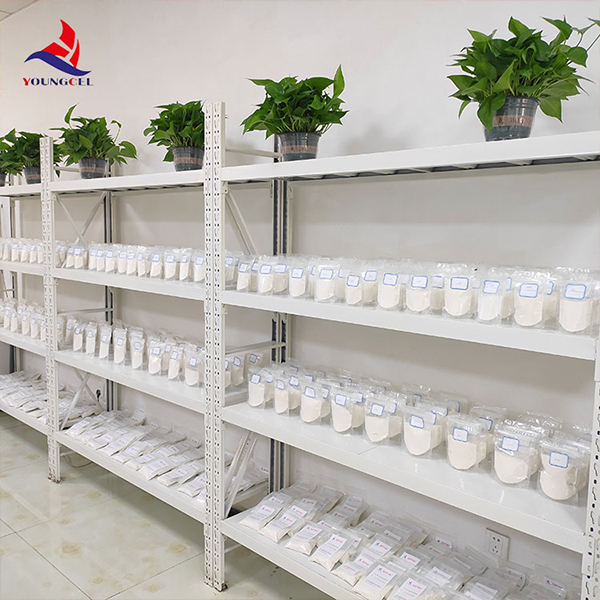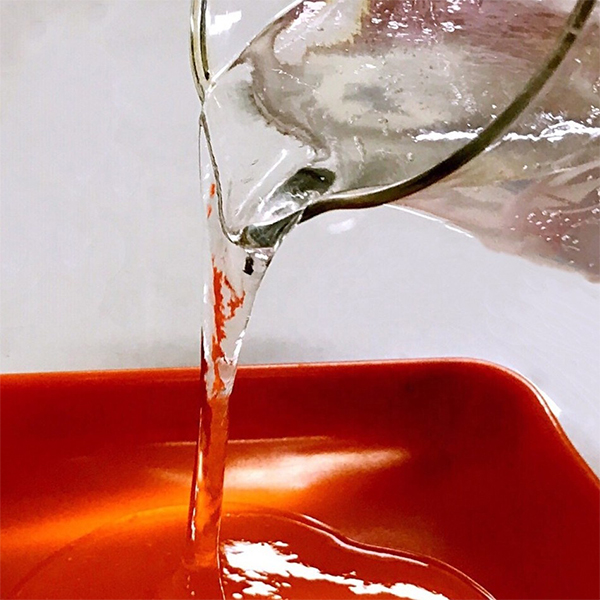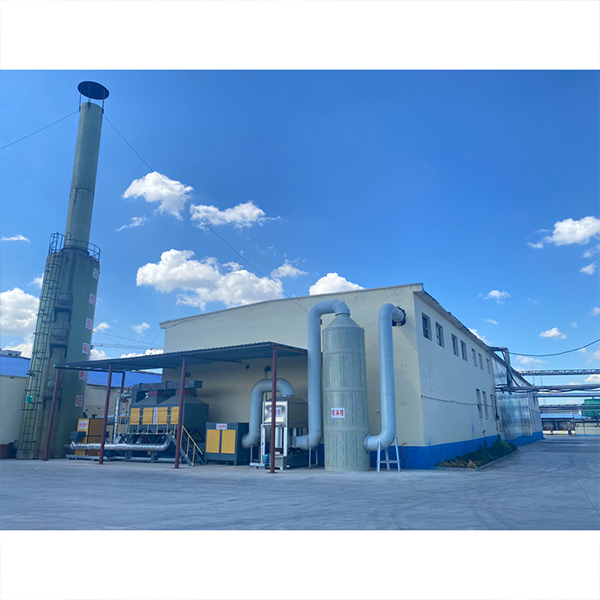Why contractors are switching to high-viscosity HPMC for cleaner jobsites and fewer callbacks
If you’ve spent time on job sites lately, you’ve probably noticed a shift: drymix mortars, smarter rheology control, and fewer on-site surprises. One quiet enabler is Hpmc Chemicals 200000 99.9% Hydroxypropyl Methyl Cellulose Manufacturer Hpmc For Construction. To be honest, I was skeptical until I tested batches with demanding tile crews—slip resistance and open time improvements were, surprisingly, very consistent.

What it is (and why 200,000 matters)
This white, free-flowing powder (CAS 9004-65-3) behaves like a tiny water manager in cementitious systems. The 200,000 viscosity grade (measured on a Brookfield system) points to robust water retention and sag control—ideal for wall putty, tile adhesives, gypsum plasters, and even detergent thickening. Origin: No.1 Shifu East Road, Gaocheng District, Shijiazhuang, Hebei, China. Package: 25 kg per bag.
| Key Specification | Typical Value (≈, real-world use may vary) |
|---|---|
| Viscosity (2% sol., 20°C, Brookfield) | ≈ 200,000 mPa·s |
| Moisture | ≤ 5% |
| Ash | ≤ 5% |
| Methoxy / Hydroxypropyl | ≈ 19–24% / 4–12% |
| pH (1% sol.) | 6.5–8.5 |
| Gel Temperature | 60–75°C |
| Particle Size | ≥ 98% pass 100 mesh |
| Shelf Life | 24 months (dry, sealed) |

Process flow and quality control (short version)
Materials: refined cellulose, NaOH (alkalization), methyl chloride and propylene oxide (etherification), followed by neutralization, washing, drying, milling, sieving. Methods: controlled degree of substitution for workability, consistent particle size for dispersion. Testing: Brookfield viscosity (ASTM D2196), moisture/ash by gravimetry, sieve analysis, and mortar performance by ISO 13007/EN 12004 methods. Batches ship with COA + MSDS; typical water retention in tile adhesive ≈ 95–98%, open time extension ≈ +10–20 min; slip reduction to 0–0.3 mm per EN method (lab data).

Application scenarios and advantages
- Wall putty and skim coats: smoother pull, fewer pinholes, longer workable time.
- Tile adhesives (C1/C2): better slump resistance on verticals; nice trowel feel.
- Gypsum/EIFS basecoats: reduces cracking; stable set in warm climates.
- Building glue and detergents: stable viscosity, clean dissolution.
Many customers say the mix feels “creamier” (not a scientific term, I know) and crews move faster. In fact, we saw fewer callbacks linked to tile slip on hot days after swapping to Hpmc Chemicals 200000 99.9% Hydroxypropyl Methyl Cellulose Manufacturer Hpmc For Construction.

Vendor comparison (what I’ve seen in procurement)
| Vendor | Viscosity Tolerance | Lead Time | Docs/Certs | Customization |
|---|---|---|---|---|
| Youngcel (manufacturer) | ±5% typical | 7–12 days | COA, MSDS, ISO 9001 | Methoxy/HP tuning, particle size |
| Typical trader | ±8–10% | 15–25 days | COA snapshot | Limited |
| Generic label | Unstated | Variable | Basic MSDS | No |

Customization and real-world cases
Need higher gel temp for hot climates? Or finer sieving for rapid dispersion in silo mixes? The team can tweak substitution levels and granulation to match your tile adhesive class (C1/C2, S1). One adhesives maker reported ≈12% reduction in water demand and +15 min open time once they switched to Hpmc Chemicals 200000 99.9% Hydroxypropyl Methyl Cellulose Manufacturer Hpmc For Construction; their installer feedback mentioned “less slump on heavy tiles.”
Service note: store sealed, cool, and dry. Mix slowly into clean water to avoid fish-eyes; allow full hydration before final adjustments. And yes, detergent formulators use it too—steady viscosity with fewer surprises.
Certifications, standards, and test signals
Manufactured under ISO 9001; conforms to HG/T 2288-2011 for industrial HPMC parameters. Mortar benchmarks align with ISO 13007 and EN 12004 series for tile adhesives. Lab viscosity verified via ASTM D2196. Honestly, that’s the boring part—but it’s what prevents batch-to-batch drama.
References
- ASTM D2196 – Standard Test Method for Rheological Properties by Brookfield Viscometer.
- ISO 13007-1/2 – Ceramic tiles — Grouts and adhesives — Requirements and test methods.
- EN 12004-2:2017 – Adhesives for tiles: Requirements, evaluation of conformity.
- HG/T 2288-2011 – Hydroxypropyl Methyl Cellulose (Industrial).
-
Understanding Methyl 2 Hydroxyethyl Cellulose: Uses, Benefits & Industry InsightsNewsNov.24,2025
-
Hydroxyethyl Methyl Cellulose HEMC: Industrial Uses, Benefits & Future TrendsNewsNov.23,2025
-
HEMC Cellulose: Versatile & Sustainable Industrial Polymer | YoungcelNewsNov.23,2025
-
Methyl Hydroxyethyl Cellulose: Versatile Building Block for Industry & SustainabilityNewsNov.23,2025
-
CAS 9032 42 2: Understanding Polyvinyl Alcohol's Impact on Industry & SustainabilityNewsNov.22,2025
-
Hydroxyethyl Methyl Cellulose: Versatile Solutions for Modern Industry and SustainabilityNewsNov.22,2025




